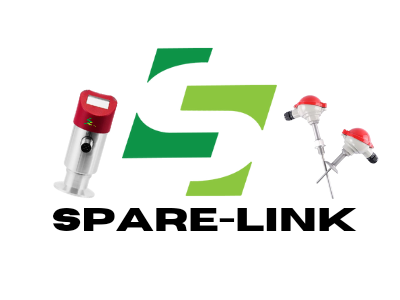22/07/2022. Radio-frequency identification (RFID) uses electromagnetic fields to automatically identify and track tags attached to objects. An RFID system consists of a tiny radio transponder, a radio receiver and transmitter. When triggered by an electromagnetic interrogation pulse from a nearby RFID reader device, the tag transmits digital data, usually an identifying inventory number, back to the reader. This number can be used to track inventory goods.
Passive tags are powered by energy from the RFID reader's interrogating radio waves. Active tags are powered by a battery and thus can be read at a greater range from the RFID reader, up to hundreds of meters.
Unlike a barcode, the tag does not need to be within the line of sight of the reader, so it may be embedded in the tracked object. RFID is one method of automatic identification and data capture (AIDC).
RFID tags are used in many industries. For example, an RFID tag attached to an automobile during production can be used to track its progress through the assembly line, RFID-tagged pharmaceuticals can be tracked through warehouses, and in livestock and pets enables positive identification of animals.Tags can also be used in shops to expedite checkout, and to prevent theft by customers and employees.
Since RFID tags can be attached to physical money, clothing, and possessions, or implanted in animals and people, the possibility of reading personally-linked information without consent has raised serious privacy concerns. These concerns resulted in standard specifications development addressing privacy and security issues.
La RFID ou encore la Radio Frequency Identification est une méthode permettant de mémoriser et récupérer des données à distance. Le système est activé par un transfert d’énergie électromagnétique entre une étiquette radio et un émetteur RFID. L’étiquette radio composée d’une puce électronique et d’une antenne reçoit le signal radio émis par le lecteur lui aussi équipé d’une technologie RFID. Les composants permettent à la fois de lire et de répondre aux signaux.
Tous les jours nous utilisons des produits RFID sans le savoir : à travers des cartes de transports, des étiquettes antivols dans les magasins, des badges RFID, badges de sécurité ou plus récemment des clés sans contact pour voiture. Par conséquent, nous pouvons distinguer différents types de systèmes RFID basés sur ces gammes

